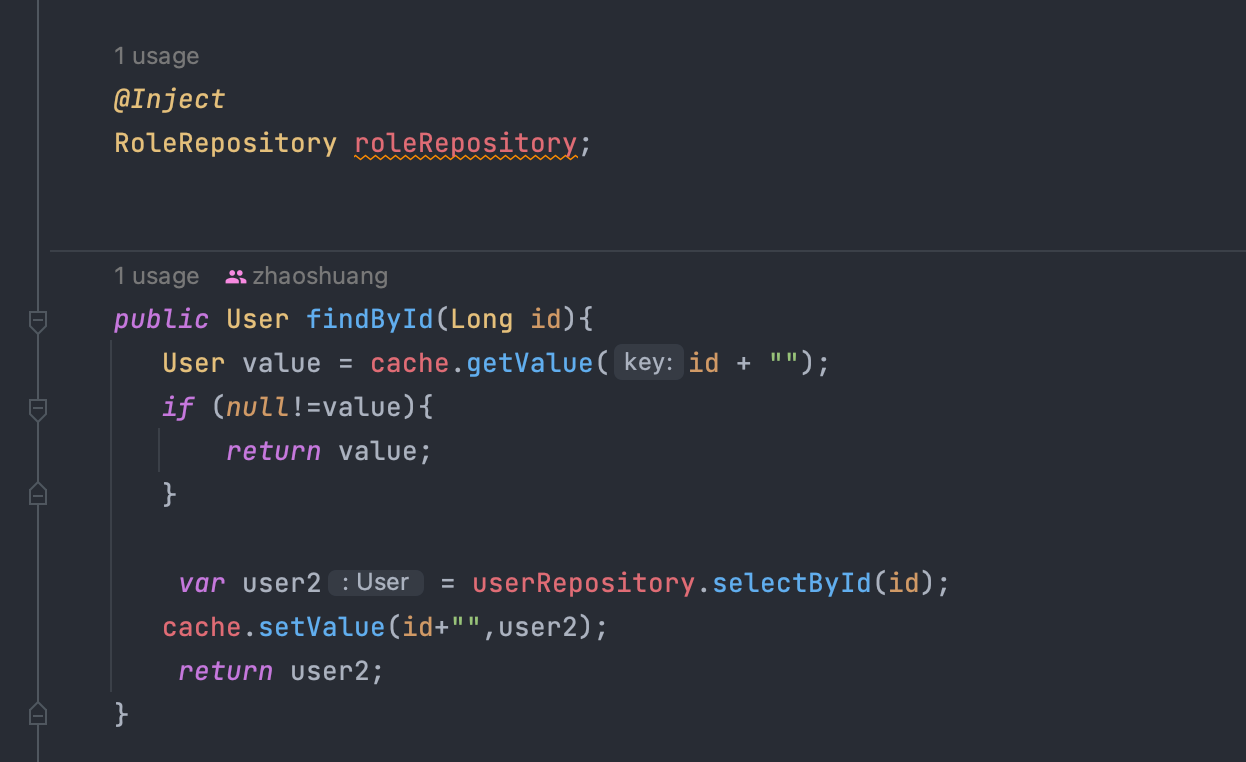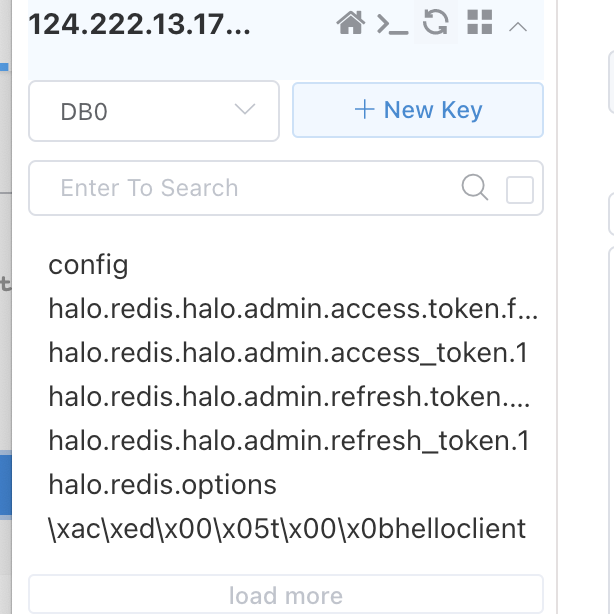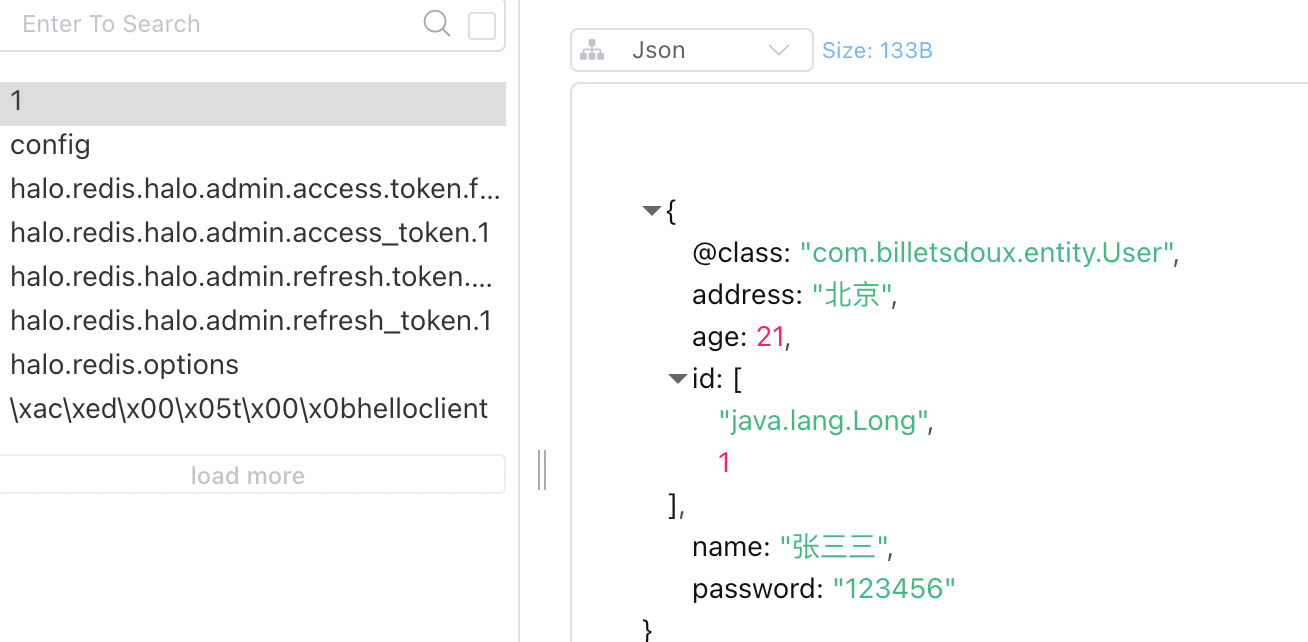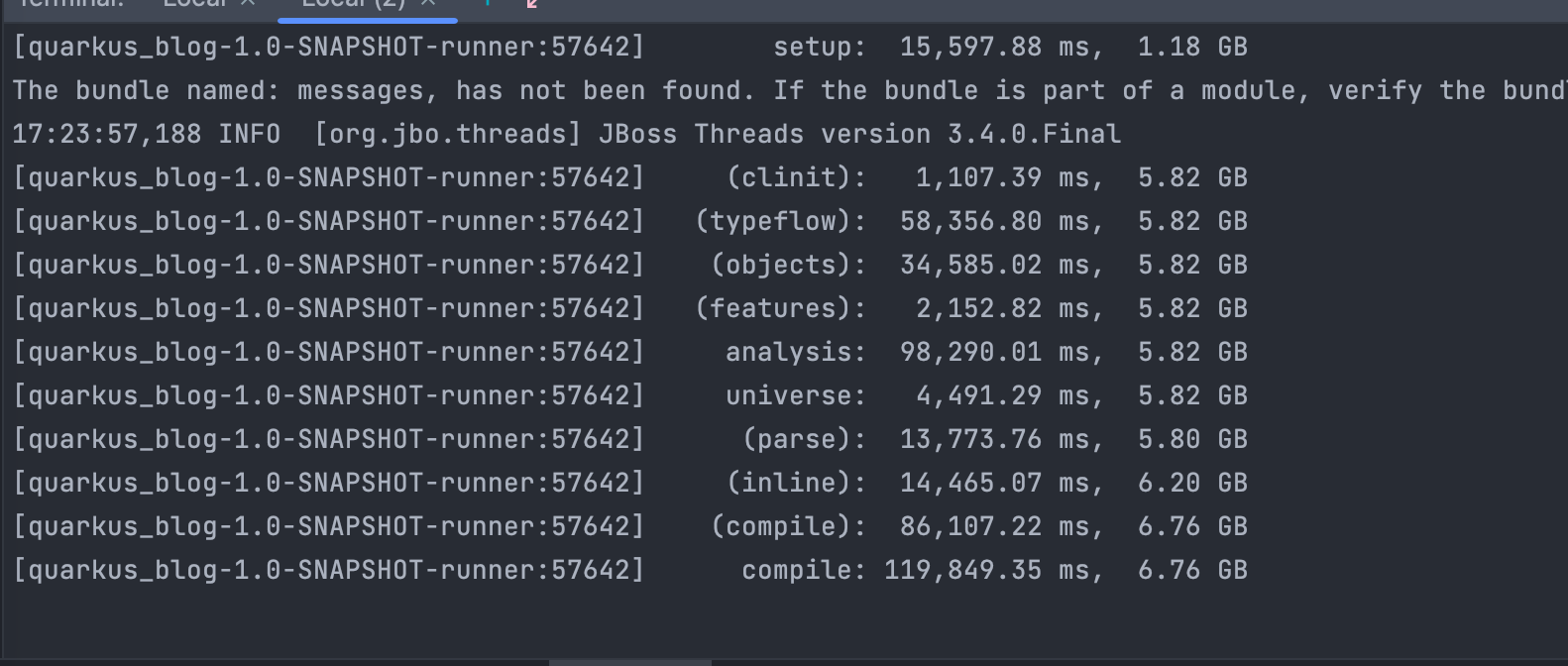前言
reids是我们在进行后端开发的时候常用到的一个中间件,常用于实现分布式缓存,分布式锁。我们在SpringBoot中可以很方便的通过stater来集成redis。在Quarkus中官方为我们提供了redis的client虽然比起Spring用起来略显简陋但是稍微改造下也能满足我们日常需要。
准备
我们继续之前的项目开发,我们需要在pom文件中引入相关的依赖。
<dependency>
<groupId>io.quarkus</groupId>
<artifactId>quarkus-redis-client</artifactId>
</dependency>
配置
我们首先需要在配置文件中配置redis相关的配置信息。
quarkus.redis.hosts=redis://ip:port
quarkus.redis.password=password
编解码器
我们这里需要用到一个编解码器,我们直接把redisson的JsonJacksonCodec拿来用。++这里简单的说一下为啥不直接用redisson。redisson虽然也出了quarkus的相关jar包,在jvm模式下是可以正常使用的但是当我们尝试打成native镜像的时候会直接失败。++
public class JsonJacksonCodec{
public static final JsonJacksonCodec INSTANCE = new JsonJacksonCodec();
@JsonIdentityInfo(generator= ObjectIdGenerators.IntSequenceGenerator.class, property="@id")
@JsonAutoDetect(fieldVisibility = JsonAutoDetect.Visibility.ANY,
getterVisibility = JsonAutoDetect.Visibility.PUBLIC_ONLY,
setterVisibility = JsonAutoDetect.Visibility.NONE,
isGetterVisibility = JsonAutoDetect.Visibility.NONE)
public static class ThrowableMixIn {
}
protected final ObjectMapper mapObjectMapper;
public JsonJacksonCodec() {
this(new ObjectMapper());
}
public JsonJacksonCodec(ObjectMapper mapObjectMapper) {
this.mapObjectMapper = mapObjectMapper.copy();
init(this.mapObjectMapper);
initTypeInclusion(this.mapObjectMapper);
}
protected void initTypeInclusion(ObjectMapper mapObjectMapper) {
TypeResolverBuilder<?> mapTyper = new ObjectMapper.DefaultTypeResolverBuilder(ObjectMapper.DefaultTyping.NON_FINAL) {
@Override
public boolean useForType(JavaType t) {
switch (_appliesFor) {
case NON_CONCRETE_AND_ARRAYS:
while (t.isArrayType()) {
t = t.getContentType();
}
// fall through
case OBJECT_AND_NON_CONCRETE:
return (t.getRawClass() == Object.class) || !t.isConcrete();
case NON_FINAL:
while (t.isArrayType()) {
t = t.getContentType();
}
// to fix problem with wrong long to int conversion
if (t.getRawClass() == Long.class) {
return true;
}
if (t.getRawClass() == XMLGregorianCalendar.class) {
return false;
}
return !t.isFinal(); // includes Object.class
default:
// case JAVA_LANG_OBJECT:
return t.getRawClass() == Object.class;
}
}
};
mapTyper.init(JsonTypeInfo.Id.CLASS, null);
mapTyper.inclusion(JsonTypeInfo.As.PROPERTY);
mapObjectMapper.setDefaultTyping(mapTyper);
}
protected void init(ObjectMapper objectMapper) {
objectMapper.setSerializationInclusion(JsonInclude.Include.NON_NULL);
objectMapper.setVisibility(objectMapper.getSerializationConfig()
.getDefaultVisibilityChecker()
.withFieldVisibility(JsonAutoDetect.Visibility.ANY)
.withGetterVisibility(JsonAutoDetect.Visibility.NONE)
.withSetterVisibility(JsonAutoDetect.Visibility.NONE)
.withCreatorVisibility(JsonAutoDetect.Visibility.NONE));
objectMapper.disable(DeserializationFeature.FAIL_ON_UNKNOWN_PROPERTIES);
objectMapper.enable(JsonGenerator.Feature.WRITE_BIGDECIMAL_AS_PLAIN);
objectMapper.disable(SerializationFeature.FAIL_ON_EMPTY_BEANS);
objectMapper.enable(MapperFeature.SORT_PROPERTIES_ALPHABETICALLY);
objectMapper.addMixIn(Throwable.class, ThrowableMixIn.class);
}
/**
* 解碼器
* @param val
* @return
*/
public Object decoder(String val){
try {
ByteBuf buf = ByteBufAllocator.DEFAULT.buffer();
try (ByteBufOutputStream os = new ByteBufOutputStream(buf)) {
os.write(val.getBytes());
}
return mapObjectMapper.readValue((InputStream) new ByteBufInputStream(buf), Object.class);
} catch (IOException e) {
e.printStackTrace();
}
return null;
}
/**
* 編碼器
* @param obj
* @return
*/
public String encoder(Object obj){
ByteBuf out = ByteBufAllocator.DEFAULT.buffer();
try {
ByteBufOutputStream os = new ByteBufOutputStream(out);
mapObjectMapper.writeValue((OutputStream) os, obj);
return os.buffer().toString(StandardCharsets.UTF_8);
} catch (IOException e) {
out.release();
}
return null;
}
}
项目使用
我这里用redis作为我们查询时候的缓存做为示例,我们这里提供一个新增,带过期时间的新增,以及一个删除方法。
@Singleton
public class Cache {
@Inject
RedisClient redisClient;
JsonJacksonCodec codec = JsonJacksonCodec.INSTANCE;
public <T> void setValue(String key, T value) {
redisClient.set(Arrays.asList(key, codec.encoder(value)));
}
public <T> void setNxValue(String key, T value,Long time) {
redisClient.set(Arrays.asList(key, codec.encoder(value),time+""));
}
public <T> T getValue(String key) {
final Response response = redisClient.get(key);
if (response != null) {
String value = response.toString();
return (T) codec.decoder(value);
}
return null;
}
public boolean delete(String key) {
return redisClient.del(List.of(key)).toBoolean();
}
}
我们直接在UserService中使用

这里仅简单的做个示例,不考虑在并发情况下缓存不一致的问题。
打包运行
首先我们先连接到我们的redis中看到当前数据库中是没有我们需要的数据的,然后查询。

这里可以看到我们已经把id为1的用户放到redis中了,查询也是没有问题的。这里我们就已经完成了reids的集成。

我们最后再测试一下打包成native镜像看看。

然后运行也是没有问题的。
后记
quarkus为我们提供的redis的client虽然比较简陋但是还是能够实现基本的功能,redisson提供的功能虽然强大但是在native模式下无法使用。所以我们在使用的时候需要根据自己的需求来选择适合自己的方式。
标签:集成,return,redis,Redis,public,Quarkus,class,objectMapper,mapObjectMapper From: https://www.cnblogs.com/loveletters/p/QuarkusRedis.html